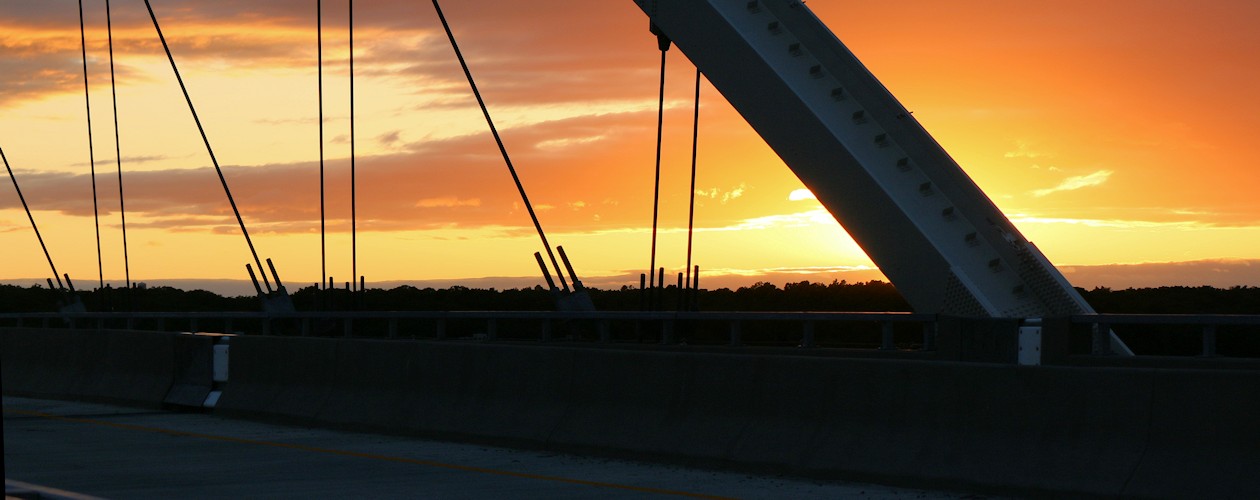Bass Spawn 101
March 21, 2017 | Scott McGlinchey
The bass spawn - is it a good time to fish or not? Yes! I think it’s a great time to fish.
First of all, I am going to tell you about the largemouth bass spawn from northern Indiana down to Montgomery, Alabama. Then we’ll get to Kentucky and Barkley lakes. The reason is it’s important and interesting to know where they spawn, when it happens, how long it lasts, different techniques to catch them, and lastly, when the spawn is over, how long until they move to deep water.
I have resided in three hour increments at some point in my life from Indiana to Alabama and have had several home lakes that I fished. Some I dove underwater in for mussel shells dating back to 1989. I got to know these lakes’ bottoms (substrate) and what the fish were doing during all seasons and won many tournaments along the way.
Some of the environmental factors that determine when the spawn starts are: time of year, morning water temperature, and weather conditions. The time of year has to be right. In central Indiana it’s usually the end of the first week of May. Last year at Kentucky Lake it was April 15, 2016. In north Alabama the bass spawned early to mid-April, and down in south Alabama (Montgomery) it was the end of March to the first week of April. You get the picture!
The bass spawn happens during those times of year every year. I have seen just one year where the spawn was three weeks early.
The next thing that has to happen is the morning water temperatures needs to be 60 to 62 degrees usually for a few day as well as three sunny days in a row. If there’s no sun, they won’t do it. Sunlight is critical for eggs to hatch. It also helps if these conditions come together near a full or new moon. One thing is for sure these factors collide at almost the same time every year.
Where do the bass spawn? Now that’s a good question. I can tell you a lot about where they spawn but there is still a lot we don’t know. In reservoirs within the geographical area I mentioned above the bass spawn in 1 to 4 feet depending on water clarity.
Sometimes you will find bass sitting on a nest barely visible in four inches of water. This happens on some Army Corp of Engineers lakes. In these scenarios the bass lay their eggs when the water is up. Then the water starts to drop around three inches per day. The eggs are close to hatching but there is only a few inches left of water on them. It’s admirable to see the adult bass still hanging in their protecting that nest when there not much water left!
In optimum conditions with a daily average water temperature being 68 degrees their eggs can hatch in four days. In cooler water, such as 61 or 62 degrees, it will take a couple more days for the eggs to hatch. The more sun light on the eggs the quicker they hatch. The bass have that internal instinct to lay eggs when there will be a few sunny days in a row.
We know they like to spawn in one to four feet but there is more to the spawn than the depth. A bottom substrate of sand and gravel is preferred but I have seen bass spawn in or on shallow chunk rock bottom. Here at Kentucky Lake many local fisherman believe they spawn on main lake shallow bars or humps and some believe they spawn deeper than four feet. It’s possible for bass to spawn out on shallow main lake bars. However, in all the diving I have done I never witnessed it.
Largemouth bass doesn’t want to spawn in current. Typical spawning areas are any cove big or small, all bays and creek arms and the small coves within. The ultimate spawning grounds are sheltered by wind and resistant to muddy water during hard rains. Yes, if you’re lucky and search hard and long enough you can find a secret spawning sanctuary! I have found a few.
In many lakes there is a possibility that during the spawn water levels can rise over summer pool. When this happens water levels are into trees, or better yet, the bushes. It’s a mystery when they spawn during high water levels. One thing is for sure, however: you can catch them well in the bushes and heavy sacks of bass can be taken.
The largemouth bass spawn lasts about four to five weeks and is usually over when morning water temperatures hit 75 degrees. I have seen on occasion where the spawn was over then a cold front came through cooling the water back down in the upper 60s and more bass moved up to spawn.
It’s important to know that a bass can lay eggs four times during the spawn. Now that doesn’t mean all bass lay eggs four times but they can if necessary. Last year bass started the spawn on April 15th which was the first day where we had a morning water temperature of 61 degrees.
One month later on May 18 I found and caught bass that had already made their way offshore on ledges. When the spawn started last year here at Kentucky and Barkley lakes the water was down one foot. Then on April 22 the water had risen one foot to summer pool. Since we know bass can spawn four times, let’s explore the first wave of spawning bass.
All the environmental factors collided and that first wave of bass decided to spawn. On that sunny day that is when most of the nests were made. If you’re lucky enough to witness this you will see bass with their tail sticking up out of the water building the nest. Under normal conditions with stable water levels those nests will be used again during the spawn. If the water rises a foot the next wave of bass may build new ones.
Bass love to nest next to stumps and laydowns in shallow grass flats. Sometimes they’ll even nest on chunk rock or rip rap. They like to have something protecting their back side so they can protect their nest from bluegills and other predators.
Many years ago I had a huge shallow flat that was in the back of a long bay and the bass were migrating to the back two weeks before the spawn. I could catch them on spinner baits and buzzbaits. I was catching about 10 fish per evening. Then one evening when the bite was really slow, I approached a stump and saw a familiar sign. A slight wake under the surface formed the shape of the letter C. I knew exactly what the wake was - a nesting bass chasing bluegills off its nest. I switched from the buzz bait to a weightless trick worm and loaded the boat!
Here are different techniques for catching spawning bass. My favorite is a weightless trick worm rigged Texas style with 14 pound Berkley XT line green. Cast the bait past the target, into a grass flat, or semi parallel down a bank. Twitch the worm so it walks like a zara spook keeping the bait six inches to two feet below the surface. Twitch it twice and let it pause for a second or two, then repeat.
After the first or second wave of bass have spawned sometimes you have to kill the bait and let it fall to the bottom. The reason is the bass have finished a week of nesting. They back out just a little or are just plain sluggish and tired. Rigging a worm or senko wacky style is a good bet.
If the water is up over summer pool and the bushes are flooded then the best fishing is flipping or pitching a jig or creature bait in the bushes. Here at Kentucky and Barkley lakes look for yellow top weeds that are semi-flooded and fish the trick worm. If the water rises and the yellow top weeds aren’t visible drag a Carolina rig or use a senko which falls faster than the trick worm. Towards the end of the spawn when it’s almost over or even when it is over there will still be a lot of bass shallow and you can go back to a buzzbait or some other power fishing technique.
As I mentioned earlier the spawn last about four to five weeks with bass moving on and off nests in between. When it’s all over depending on conditions, cover, and the lake many bass will hang around shallow water for one to four weeks before moving out to offshore ledges.
At Kentucky and Barkley lakes bass move to ledges right away. However there will still be some good shallow fish especially in Barkley. The other thing to remember is that once the spawn starts those bass are very shallow and very spooky. Stealth fishing is required and that is why typical power fishing techniques are worthless. I have personally won about 100 bass tournaments with a trick worm in six inches to three feet of water.
I have put a lot of information into this article and I am certain if you apply these tips on the water you will be thankful! If you would like me to show you how to catch bass during the spawn I still have some openings in April and May.
Thanks for reading my article!
Scott McGlinchey
Shelldivers Guide Service
48 Walnut St
Dexter, KY 42036
317-440-2934








